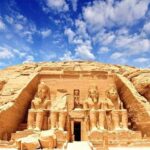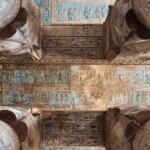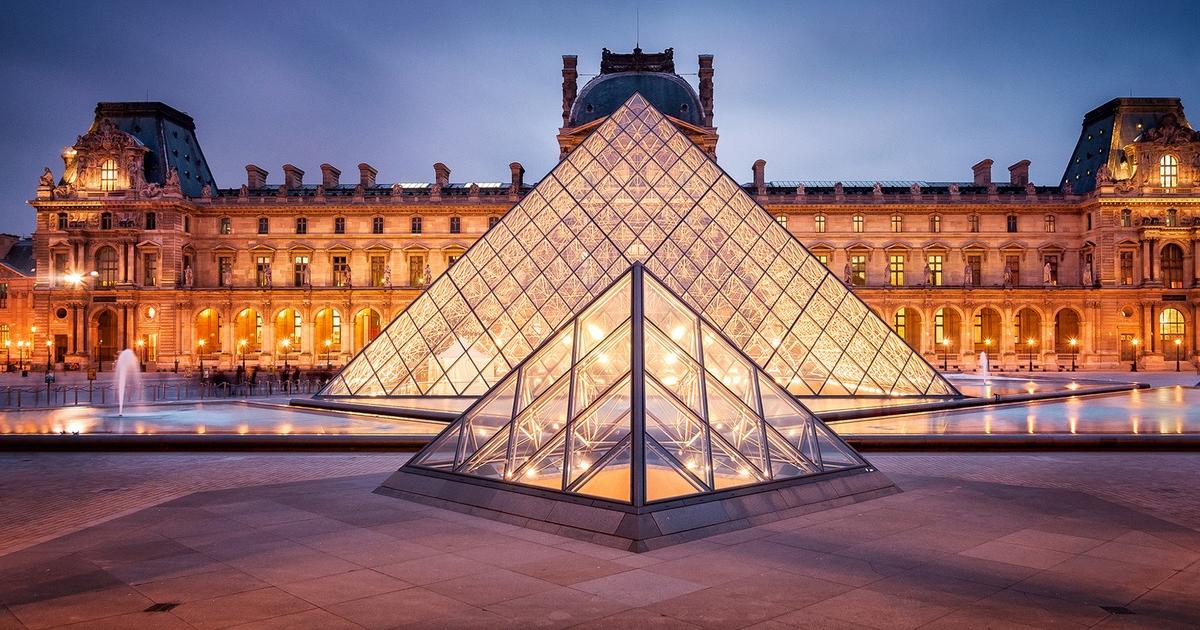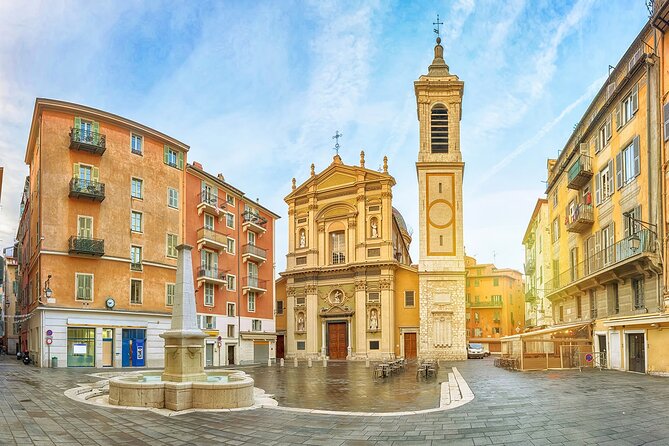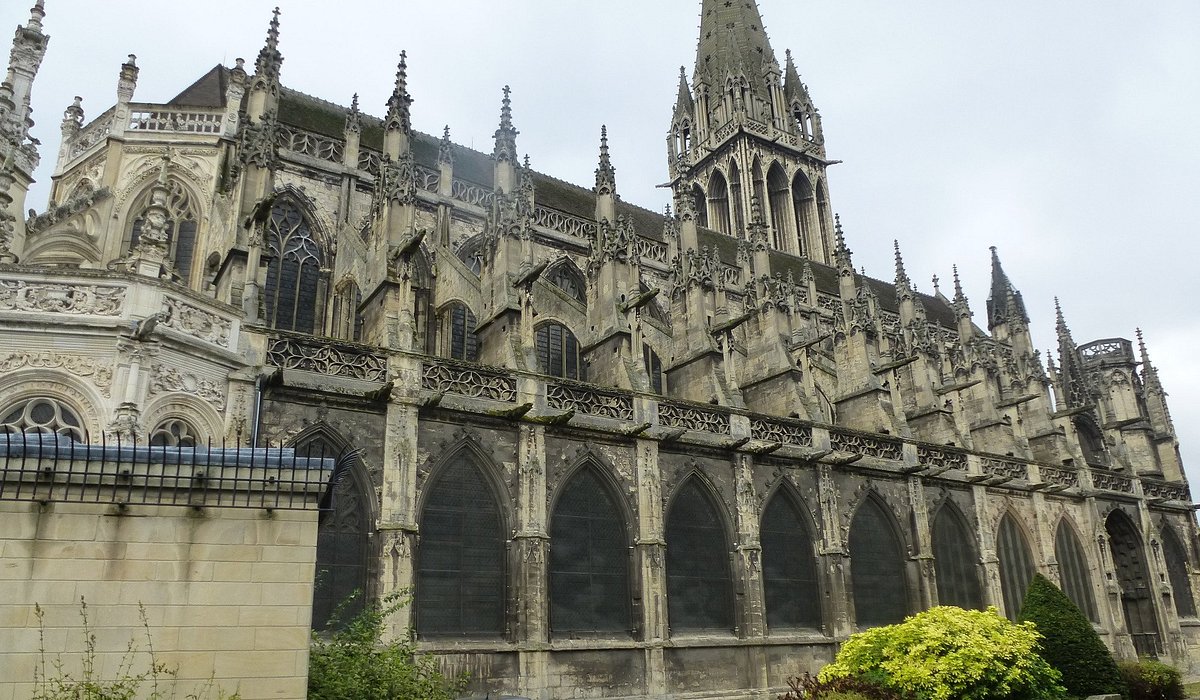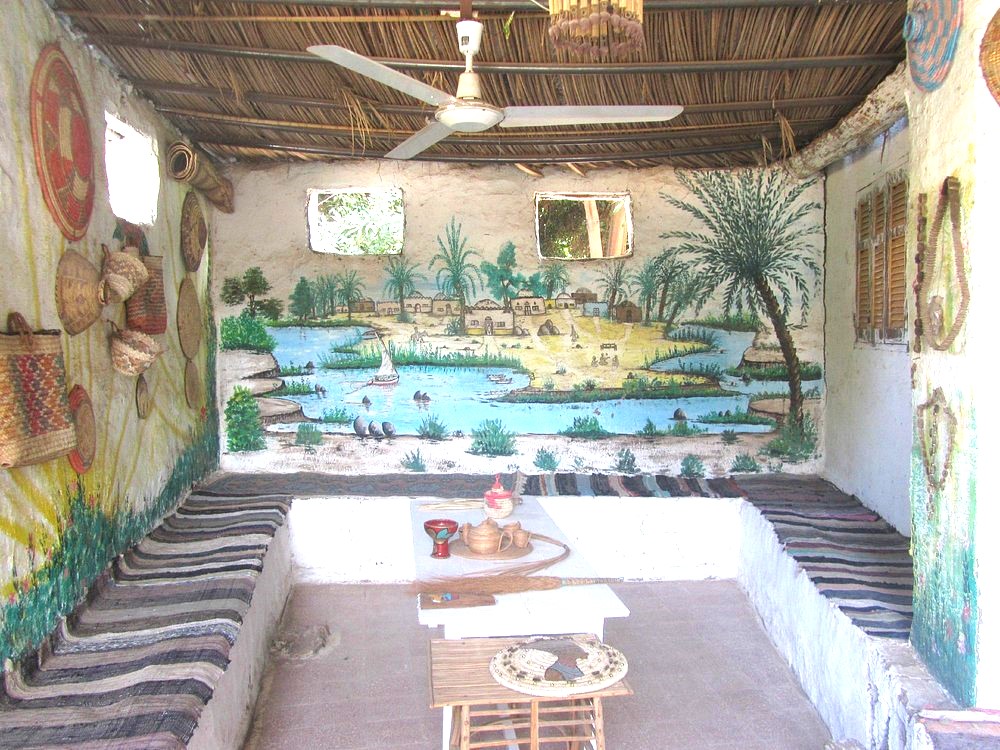
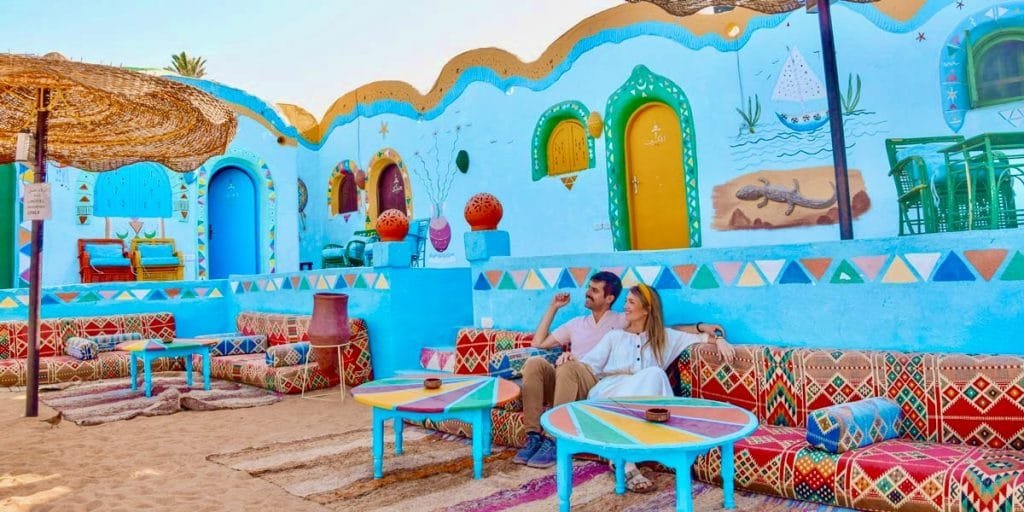
Origins of Nubian Heritage
Historical Overview of Nubian Civilization
Nubian civilization, with roots extending back over 5,000 years, flourished along the Nile River in present-day Sudan and southern Egypt. Its rich history includes powerful kingdoms such as the Kingdom of Kush, which was known for its monumental architecture and sophisticated governance.
Cultural Significance of Nubian Heritage
Nubian heritage holds immense cultural significance today, reflecting resilience and diversity. Key elements include:
- Language : Nubian languages like Nobiin illustrate the community’s rich linguistic heritage.
- Music : Traditional Nubian music, characterized by unique instruments, echoes stories of their ancestors.
- Craftsmanship : Nubian artisans excel in pottery and weaving, showcasing their vibrant cultural expressions.
These elements not only enrich Nubian identity but also contribute to Africa’s broader cultural tapestry.

Nubian Heritage Through the Ages
Evolution of Nubian Art and Architecture
The evolution of Nubian art and architecture showcases a journey of creativity and innovation. Ancient structures, like the pyramids of Meroë, signify their architectural brilliance. Over time, Nubian art has transformed, blending traditional and contemporary styles.
Traditions and Customs of Nubian People
Nubian customs are rich with vibrancy and meaning. Some of the notable traditions include:
- Henna Celebrations : Used during weddings, these intricate designs hold symbolic significance.
- Music and Dance : Traditional songs and dances narrate Nubian history and folklore.
These customs not only celebrate their heritage but also foster community bonding, keeping their legacy alive.

Rediscovering Nubian Treasures
Excavations and Discoveries of Nubian Sites
Recent excavations in Nubia have unveiled remarkable treasures, shedding light on a lost civilization. Archaeologists have discovered:
- Burial Sites : These contain artifacts such as jewelry and pottery, revealing burial customs.
- Temples and Pyramids : Structures like the Temple of Soleb illustrate the architectural prowess of ancient Nubians.
Preservation Efforts for Nubian Heritage
Conserving this rich heritage is crucial. Various initiatives focus on:
- Documentation : Recording artifacts and historical sites for future generations.
- Community Involvement : Engaging local residents in preservation efforts fosters pride and sustainability.
Such efforts are vital for maintaining the legacy of Nubian civilization in a rapidly changing world.
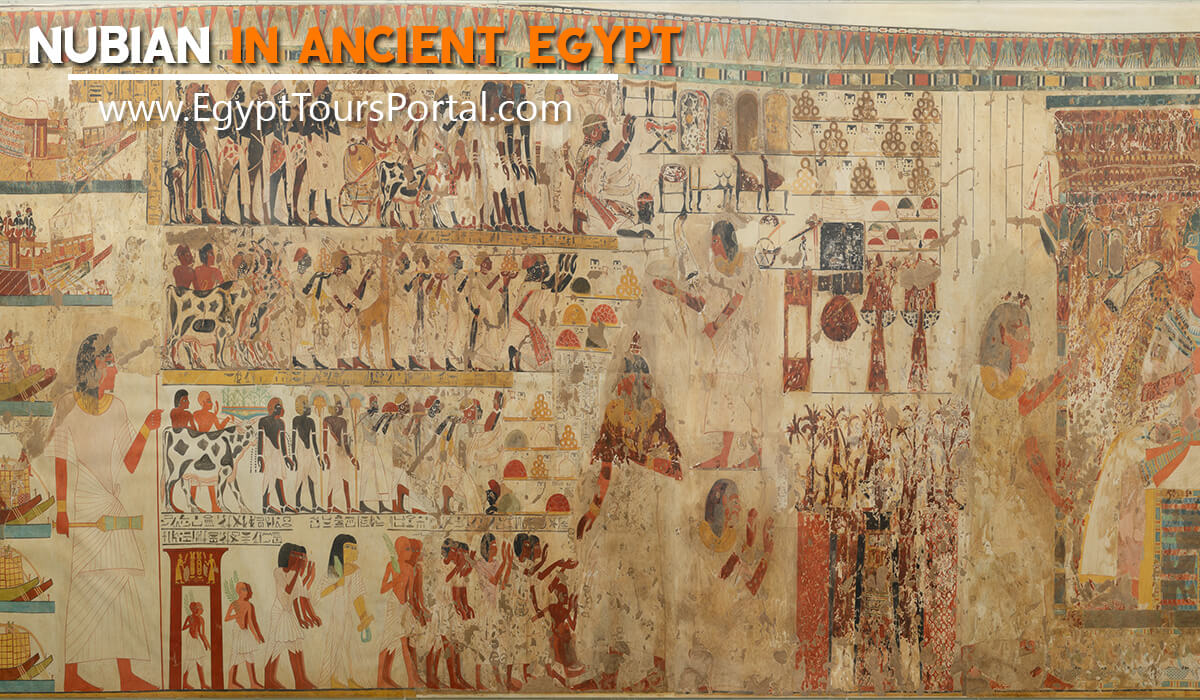
Influence of Nubian Heritage on Modern Society
Impact on Contemporary Art and Design
Nubian heritage’s influence on modern art and design is evident in various creative expressions. Artists draw inspiration from traditional motifs and vibrant color palettes. For instance, you might see:
- Textiles : Designers incorporating Nubian patterns into contemporary fashion.
- Sculpture : Artists merging ancient themes with modern techniques, breathing new life into ancient narratives.
Nubian Heritage in Popular Culture
Nubian culture resonates in popular media as well. Documentaries and films celebrate Nubian history and achievements, raising awareness and sparking interest. Music genres like reggae and hip-hop often integrate Nubian themes, bridging the past with the present and ensuring that Nubian stories continue to thrive in modern society.

Celebrating Nubian Heritage Today
Festivals and Events Honoring Nubian Culture
Celebrating Nubian heritage is vibrant and lively, particularly through festivals and events. Annual gatherings, such as:
- Nubian Cultural Festival : Showcases traditional music, dance, and crafts, bringing communities together.
- Culinary Events : Highlighting traditional Nubian dishes, these occasions allow attendees to savor history through food.
Ways to Experience and Support Nubian Heritage
Engaging with Nubian heritage can be both fulfilling and educational. Here are some suggestions:
- Visit Nubian Museums : Immersing oneself in curated exhibits offers insights into Nubian history.
- Support Local Artisans : Purchasing handcrafted goods helps sustain traditional crafts and boosts local economies.
Through these activities, individuals can actively participate in preserving and celebrating the rich legacy of Nubian culture.

Conclusion: Embracing the Rich Legacy of Nubian Heritage
Reflection on the Timeless Legacy of Nubian Civilization
As we explore Nubian heritage, it’s evident that its legacy of resilience, creativity, and cultural richness transcends time. From ancient pyramids to contemporary art, Nubian civilization continues to inspire. For many, engaging with this history fosters a deeper appreciation for the interconnectedness of cultures.
Call to Preserve and Cherish Nubian Heritage
It is vital to support efforts that preserve Nubian heritage. Individuals can:
- Advocate for educational programs about Nubian history.
- Participate in local heritage preservation initiatives.
By embracing and cherishing this legacy, we ensure that the stories, traditions, and artistry of Nubian culture live on for future generations to appreciate.

